Golf, often deemed a game of precision and patience, has a myriad of facets, but none more crucial than the art of putting. While a powerful driver can wow the crowd, it’s ultimately the smooth stroke on the green that determines the score. Happy learned how to putt, and so can you! This guide offers everything you need to know about becoming a putting pro – from techniques and common mistakes to drills and tips. Let’s dive into the world of putting and get your game on the right track!
What is Putting in Golf?
Putting is the final stroke needed to sink the ball into the hole, usually when you’re on the green. It’s distinct from other swings due to its focus on finesse rather than power. Understanding the nuances can drastically lower your scores.
Types of Putts
- Straight Putt: A shot that goes directly towards the hole without breaking.
- Breaking Putt: A shot that curves due to the slope of the green.
- Lag Putt: A longer putt aimed to get close to the hole rather than necessarily sinking it.
Essential Putting Techniques
To achieve a consistent and effective stroke, it’s important to hone certain techniques. Here is a list to consider:
1. Grip
The way you hold your putter influences your stroke. Here are a couple of popular grips:
- Standard Grip: Your right hand (for right-handed players) goes below your left.
- Reverse Overlap: The index finger of your left hand overlaps the fingers of your right hand.
2. Stance and Alignment
- Your feet should be shoulder-width apart.
- Align your body parallel to the target line.
- Keep your knees slightly bent for balance.
3. Ball Positioning
- Position the ball forward in your stance.
- A good rule of thumb is to place it opposite your left heel (for right-handed players).
4. Putter Path
- Aim for a pendulum-like motion.
- The ideal stroke should be straight back and straight through.
5. Speed Control
- This is essential for longer putts.
- Use your practice strokes to gauge how far back to pull your putter.
 Golfer Putting Stance
Golfer Putting Stance
Common Mistakes and How to Avoid Them
Even seasoned golfers can fall victim to putting mistakes. Here’s a quick breakdown of common errors and remedies:
| Mistake | Description | Solution |
|---|---|---|
| Poor Alignment | Misalignment can lead to poor direction. | Use alignment aids (like a chalk line). |
| Lifting Head Early | Taking your eyes off the ball can affect accuracy. | Keep eyes on the ball throughout the stroke. |
| Inconsistent Grip Pressure | Having inconsistent grip can lead to erratic putts. | Practice maintaining consistent pressure. |
| Too Much Movement | Excessive body movement can disrupt the stroke. | Keep your lower body stable while putting. |
| Not Practicing Distance Control | Relying solely on aim can lead to missed putts. | Use drills to develop better speed control. |
Tips from the Pros: Inspiration from Happy
Happy learned how to putt by absorbing knowledge from the greats. Here’s what the experts have to say about effective putting:
- “Confidence is key. Stand over the putt and visualize success.” – Anonymous Pro Golfer
- “Practice does not make you perfect, practice makes you permanent.” – Phil Mickelson
- “Putting is like a marathon; keeping your rhythm and pace is critical.” – Tiger Woods
 Professional Golfer Giving Putting Instruction
Professional Golfer Giving Putting Instruction
Drills to Improve Your Putting
To bolster your putting skills, incorporate these effective drills into your practice sessions:
- Circle Drill: Place tees in a circle around the hole at varying distances. Focus on sinking each putt steadily.
- Gate Drill: Position two tees outside the putter’s width. Swing the putter through the ‘gate’ aimed at the hole.
- One-Handed Putting: Practice with one hand to develop feel and control. Alternate hands.
The Mental Game of Putting
Being mentally prepared is just as important as physical skill. Here are mental strategies to put you in the right frame of mind:
- Visualization: Imagine the ball rolling into the hole. Create a mental image of success.
- Routine: Establish a pre-putt routine for consistency.
- Breathe: Take deep breaths to calm nerves before addressing the ball.
Equipment: Choosing the Right Putter
Finding the right putter for your style can make all the difference. Here’s what to look for:
- Length: Make sure your putter is the right length. It should allow for a comfortable stance.
- Weight: Heavier putters provide stability; lighter ones enhance feel. Try both to see what feels better.
- Grip Style: The grip should feel comfortable in your hands. Test different styles before making a decision.
 Various Golf Putter Types
Various Golf Putter Types
The Importance of Green Reading
Understanding the green is vital for effective putting. Here are some tips for effective green reading:
- Observe the Slope: Look at the contour of the green and determine how gravity will affect your putt.
- Check for Grain: The direction of the grass can alter the speed. Identify how the ball may react with grain direction.
- Watch Others: Observe how other players’ balls react. Learn from their successes and mistakes.
Conclusion
With the right techniques, practice, and mental attitude, anyone can master the art of putting. Happy learned how to putt through diligent work and by following proven strategies. By applying what you’ve learned in this guide, you too can see your putting game improve tremendously!
Key Takeaways
- Grip: Find a comfortable grip that allows for control and consistency.
- Stance: Maintain a balanced stance with proper alignment to the target.
- Speed Control: Spend time on drills to improve distance control.
- Mental Preparation: Visualization and routine can enhance performance.
- Practice Regularly: Like any skill, putting improves with regular practice.
FAQ Section
1. How often should I practice my putting?
Aim for at least 30-40 minutes a week. Regular short practice sessions are more effective than occasional long ones.
2. What’s the best way to improve my aim?
Use alignment sticks during practice to help with your aim and setup.
3. Should I follow a specific pre-putt routine?
Yes! Consistency in your routine helps build muscle memory and reduces anxiety.
4. How do I deal with pressure when putting?
Focus on your breathing, visualize success, and embrace a strong pre-shot routine to stay calm.
5. Is there a “best” putter type for beginners?
Generally, mallet putters offer better stability, making them a great choice for beginners.
6. Should I putt differently on a sloped green?
Yes, consider the slope when making adjustments to your aim and speed.
7. What are some good drills for distance control?
Practicing lag putts and the circle drill can help develop consistent speed.
8. Can my grip affect my putting?
Absolutely! A consistent grip maintains better control and accuracy.
9. How can I reduce the number of three-putts?
Focus on improving your distance control and practice reading greens effectively.
10. Is practicing indoors effective?
Yes, using indoor putting mats can be a great way to improve your stroke when outdoor practice isn’t possible.
By focusing on the essential elements of putting, you can transcend from an average golfer to a confident putter. Happy practicing!

 Golfers enjoying a round at Pine Shadows Golf Course
Golfers enjoying a round at Pine Shadows Golf Course Golfers playing on the challenging Silver Creek Golf Club course
Golfers playing on the challenging Silver Creek Golf Club course
 Golfer Hitting Driver with Slow Swing
Golfer Hitting Driver with Slow Swing Senior Golfer Choosing a Driver
Senior Golfer Choosing a Driver
 Golf putting grips
Golf putting grips Reading the green
Reading the green Types of golf putters
Types of golf putters
 Friday Night Lights TV Show Poster
Friday Night Lights TV Show Poster Friday Night Lights Movie vs Show
Friday Night Lights Movie vs Show
 Golfer Practicing Bunker Shot
Golfer Practicing Bunker Shot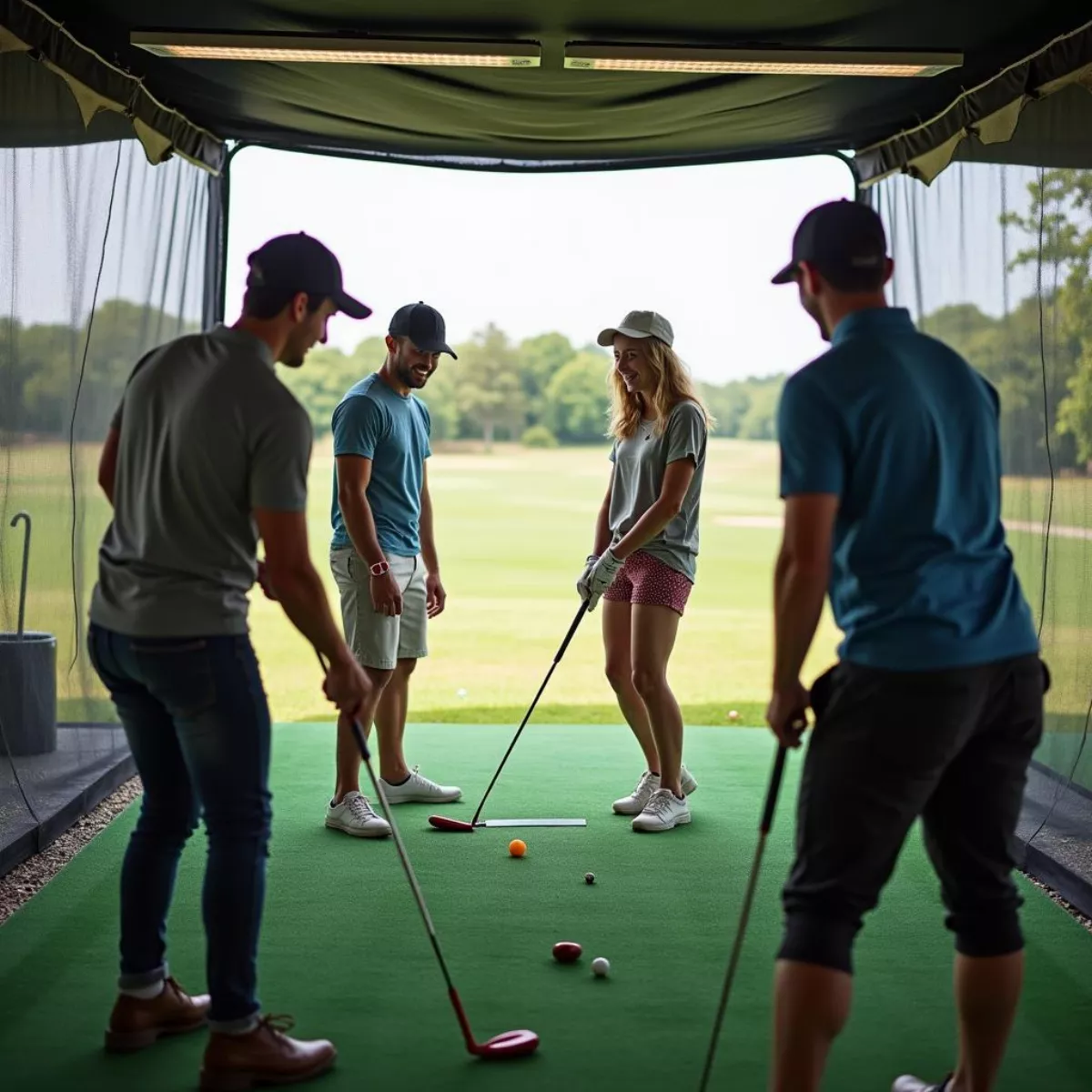 Friends Enjoying Golf Game at Driving Range
Friends Enjoying Golf Game at Driving Range
 Golfer Lining Up A Putt
Golfer Lining Up A Putt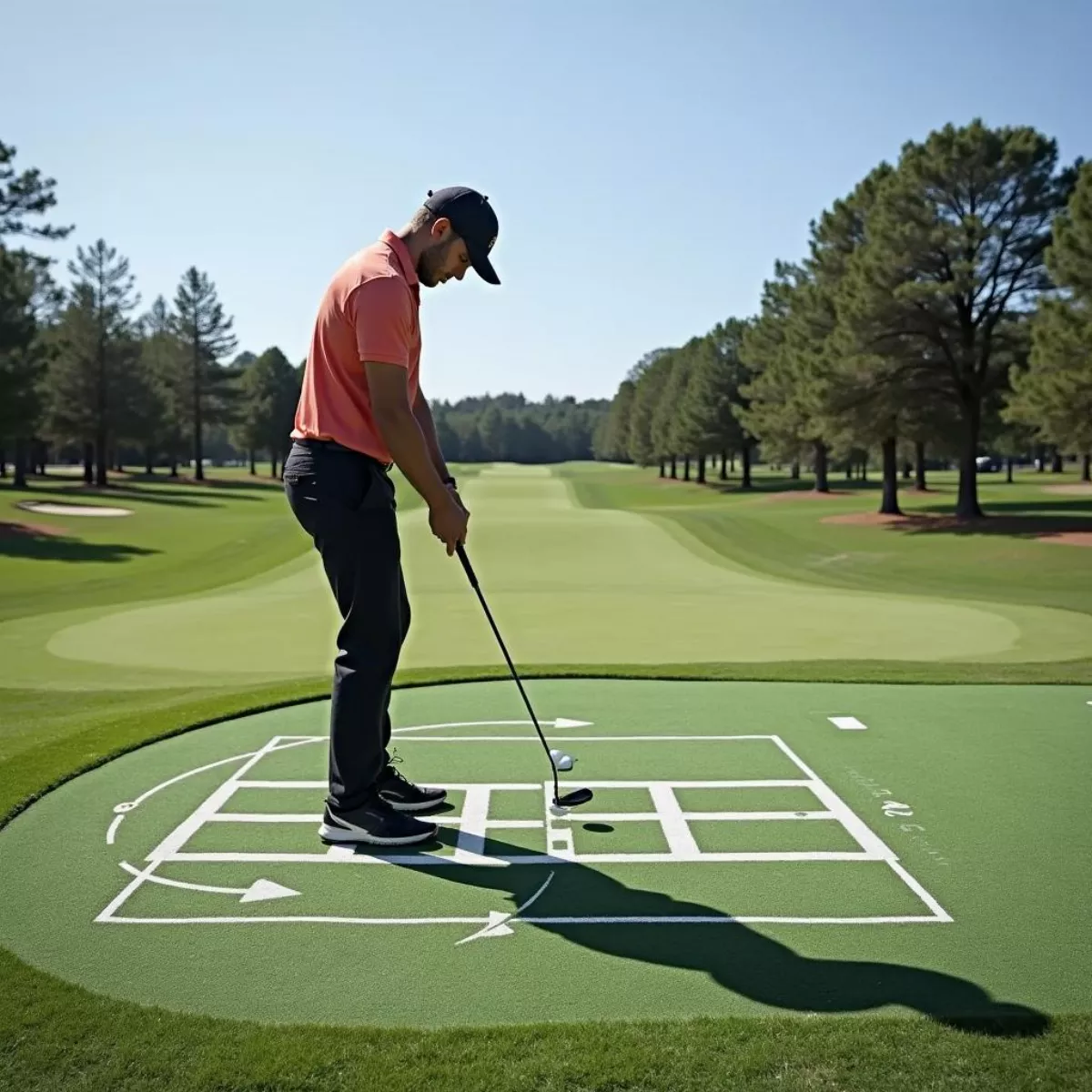 Golfer Practicing Putting Drills
Golfer Practicing Putting Drills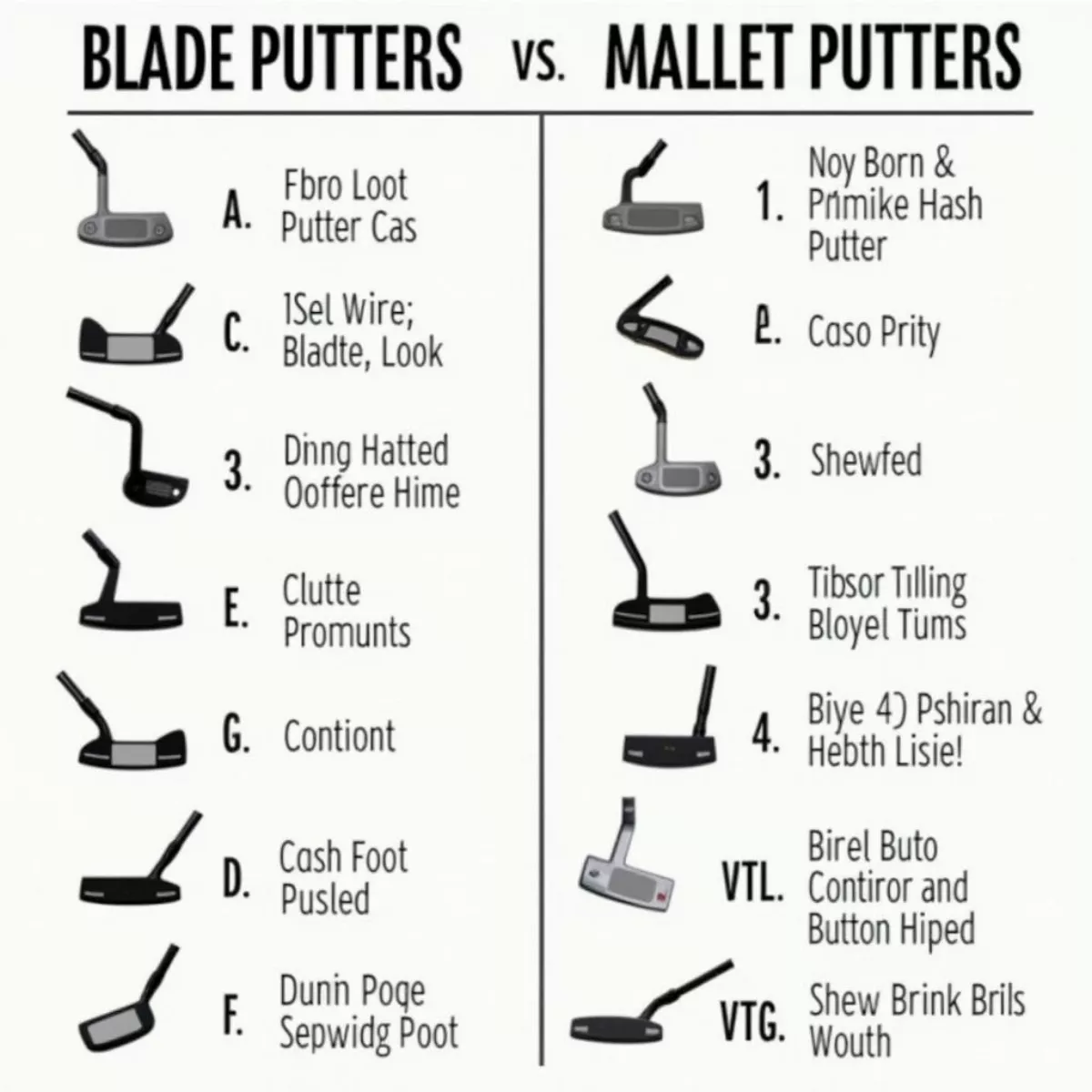 Golf Putters Collection
Golf Putters Collection
 Golf Clubhouse Patio at Augusta Ranch
Golf Clubhouse Patio at Augusta Ranch Augusta Ranch Golf Course at Sunset
Augusta Ranch Golf Course at Sunset
 Golfer Browsing Used Clubs in Store
Golfer Browsing Used Clubs in Store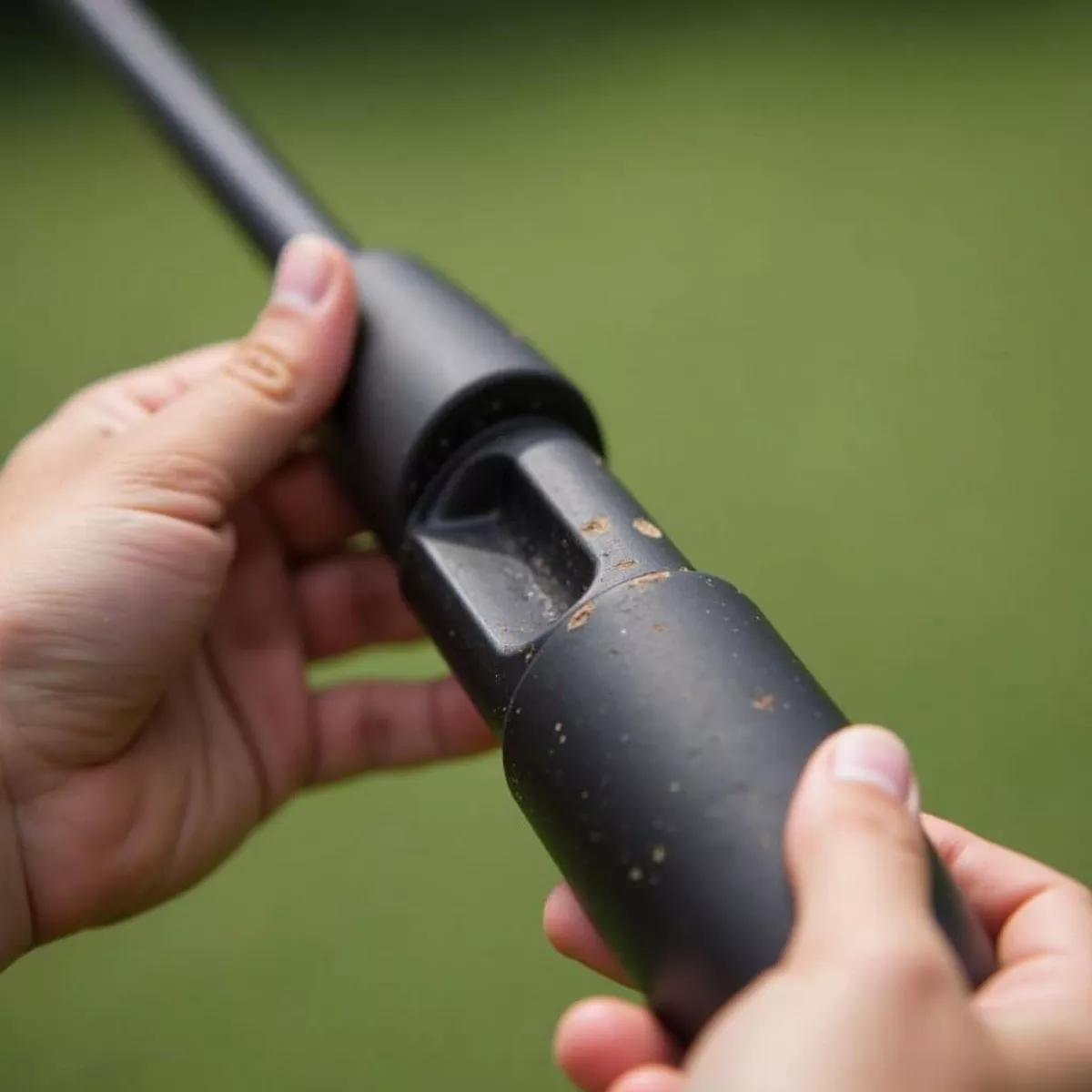 Inspecting Used Golf Driver
Inspecting Used Golf Driver Golf Bag with Qi10 Driver
Golf Bag with Qi10 Driver
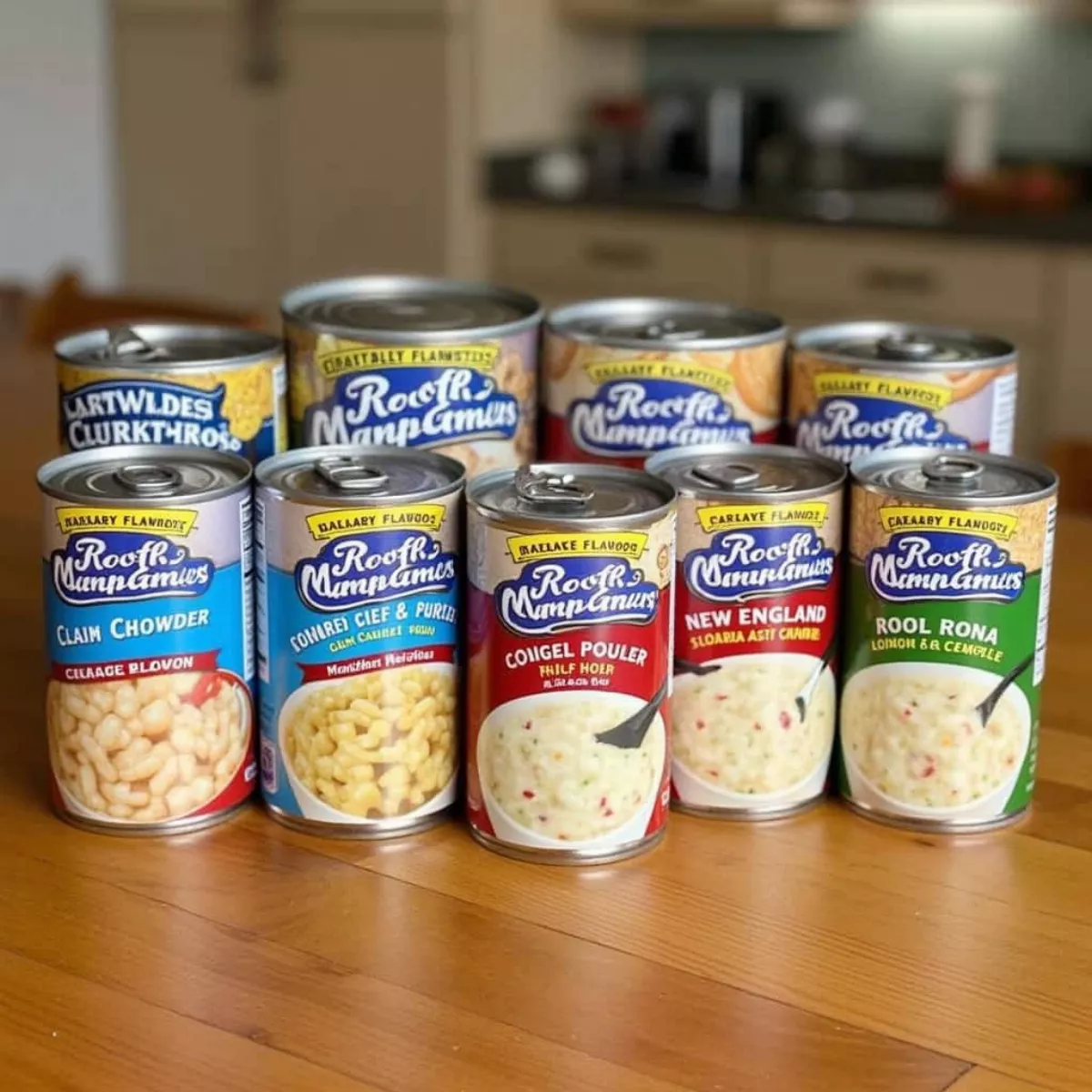 Assortment of Canned Clam Chowder Brands
Assortment of Canned Clam Chowder Brands Personalized Canned Clam Chowder
Personalized Canned Clam Chowder Enjoying Clam Chowder on a Cold Day
Enjoying Clam Chowder on a Cold Day